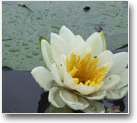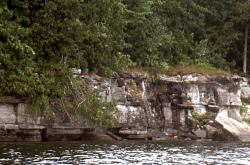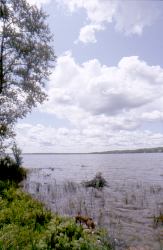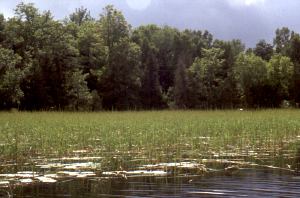
 |
  Habitats at the Oliver Ecological CentreThe Oliver Ecological Centre property is very rich in biodiversity. Trent University wants to safeguard and encourage this diversity, which will be a key feature in attracting biological and natural history studies. The Oliver Ecological Centre property contains a number of diverse habitats, offering a variety of opportunities for study, including:
Hardwood ForestThe property contains about 38 hectares (94 acres) of hardwood forest, much of it with well-preserved tracts of mature sugar maple. Cedar ForestA small mature White Cedar forest is present on the property. Old Agricultural FieldsPrevious owners of the Oliver property maintained agricultural fields, which are now reverting to forest. Some have been abandoned for 40 years, others untouched for only 10 years. The old fields provide the chance to study the direction and rate of old field successions, as well as providing habitat for some unique biological species.
Shoreline HabitatsThe Oliver property includes about 610 m (2000 feet) of shoreline habitat on Pigeon Lake, some sandy beach, some marsh, some rocky beach.
Rock layers on a part of the Pigeon lake shoreline.
A sandy beach at the beach in front of the house, viewed during the open house. Pigeon Lake and other Kawartha LakesThe Oliver Ecological Centre borders on Pigeon Lake, which in turn is connected to the other Kawartha Lakes via the Trent Canal system. The table below describes some of the physical properties of the local lakes.
Pigeon Lake and shoreline.
Pigeon Lake from the cottage shoreline. Physical characteristics of the Kawartha lakes and rivers. Data for Pigeon Lake is in bold.
WetlandsThe Oliver Ecological Centre property has a couple of sizeable marshes on property, plus a large number of others within short boating or driving distance.
Marsh bordering forest on the Oliver Ecological Centre property
An example of a marsh on Pigeon Lake, close to the Oliver Ecological Centre property boundary. Temporary Woodland PoolsThese are present in the wet spring season, and disappear as late spring and early summer proceeds. They give rise to some unique biological species. |

































